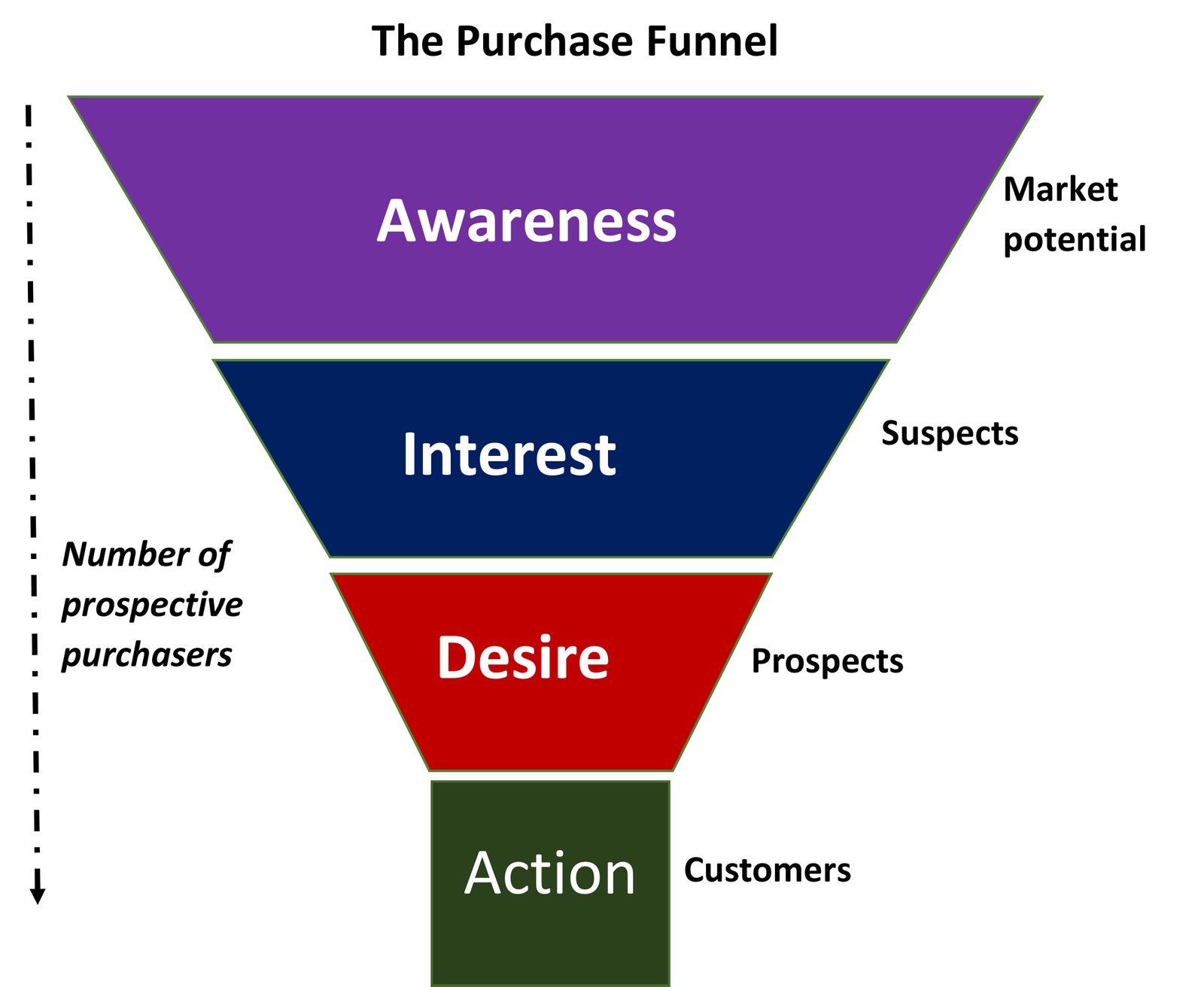Proven Marketing Funnel Tactics to Generate and Convert More Leads
1. Introduction to the Marketing Funnel
The marketing funnel is a strategic model that represents the customer journey from the first point of contact with your brand to the final purchase decision — and beyond. It visualizes how potential customers are guided through different stages, gradually moving closer to becoming paying customers.
Marketers use the funnel to design content, campaigns, and touchpoints tailored to specific stages of awareness and intent. A well-optimized marketing funnel can significantly increase conversions, improve customer retention, and boost return on investment (ROI).
2. Why the Marketing Funnel Is Important
Without a funnel, marketing efforts can be scattered and inefficient. The marketing funnel provides structure and clarity, helping businesses understand:
- Where their leads come from
- What content or actions influence decision-making
- How to nurture leads effectively
- Why some leads convert while others drop off
By mapping out the customer journey, businesses can create targeted strategies that engage users at each step, ultimately increasing the likelihood of conversion.
3. Stages of the Marketing Funnel
The traditional marketing funnel consists of three core stages:
3.1 Top of the Funnel (TOFU) – Awareness
At the top, your goal is to attract attention and build awareness. Prospects at this stage are not ready to buy — they might not even know they have a problem.
Key objectives:
- Generate interest
- Educate the audience
- Build brand visibility
Effective content for TOFU:
- Blog posts
- Social media content
- Educational videos
- Infographics
- SEO-optimized articles
SEO Tip: Use broad keywords and address common problems your audience searches for.
3.2 Middle of the Funnel (MOFU) – Consideration
Once prospects are aware, they enter the consideration phase. Here, they begin comparing solutions, evaluating options, and showing interest in your brand.
Key objectives:
- Nurture leads
- Build trust and credibility
- Provide solutions and value
Effective content for MOFU:
- Case studies
- E-books or whitepapers
- Webinars
- Email campaigns
- Product comparisons
SEO Tip: Focus on long-tail keywords, benefits, and how-tos that answer specific questions.
3.3 Bottom of the Funnel (BOFU) – Conversion
At the bottom, prospects are ready to buy. The focus now is on closing the sale by addressing objections and encouraging action.
Key objectives:
- Drive conversions
- Provide reassurance
- Make the decision easy
Effective content for BOFU:
- Free trials or demos
- Testimonials
- Discounts or special offers
- Detailed product pages
- Clear CTAs (Call to Action)
SEO Tip: Use product-related keywords and include trust signals like reviews and guarantees.
4. How to Create a High-Converting Marketing Funnel
Creating a successful marketing funnel involves several strategic steps:
Step 1: Define Your Target Audience
Identify your ideal customer profile, pain points, goals, and where they hang out online.
Step 2: Map the Customer Journey
Understand what your audience needs at each stage. What are their questions, fears, and desires?
Step 3: Develop Relevant Content
Create content aligned with each stage. Use SEO tools like Ahrefs, SEMrush, or Google Keyword Planner to guide content strategy.
Step 4: Build Lead Capture Mechanisms
Use lead magnets (e.g., free guides, templates) and forms to collect emails and contact info.
Step 5: Nurture Leads with Email Marketing
Segment your list and send tailored emails to guide leads through the funnel.
Step 6: Analyze and Optimize
Use analytics to track funnel performance. Monitor bounce rates, conversion rates, and time on page to identify gaps.
5. Common Mistakes to Avoid
Many businesses fail to leverage their funnels because of common mistakes such as:
- Focusing only on the bottom of the funnel
- Ignoring lead nurturing
- Using generic content for all stages
- Lack of follow-up or retargeting
- Not testing or optimizing based on data
Avoid these pitfalls to ensure a smoother journey for your leads.
6. Optimizing Your Funnel for Better Results
To get the most out of your marketing funnel, consider the following:
- A/B Testing: Test different headlines, CTAs, landing pages, and email sequences.
- Retargeting Ads: Use Facebook Pixel or Google Ads to retarget site visitors.
- CRM Integration: Connect your funnel with tools like HubSpot, Mailchimp, or Salesforce to track lead progress.
- Content Personalization: Use dynamic content to address each user’s behavior or stage in the funnel.
- Speed & UX Optimization: Ensure pages load fast and provide a smooth user experience.
7. Marketing Funnel vs Sales Funnel
Although often used interchangeably, the marketing funnel and sales funnel differ slightly.
- Marketing funnel: Focuses on attracting and nurturing leads until they’re sales-ready.
- Sales funnel: Focuses on converting those leads into customers through personal interaction, proposals, and negotiations.
In modern digital marketing, both funnels often overlap and work together for seamless lead-to-customer journeys.
8. Final Thoughts
Understanding the marketing funnel is essential for any business aiming to grow online. By addressing your audience’s needs at each stage, delivering tailored content, and continuously optimizing your approach, you can create a funnel that not only drives traffic but also converts leads into loyal customers.
Whether you’re just getting started or looking to improve your existing funnel, always think about your customer journey. Each click, email, and interaction matters — and with a well-structured funnel, those interactions lead to long-term success.

